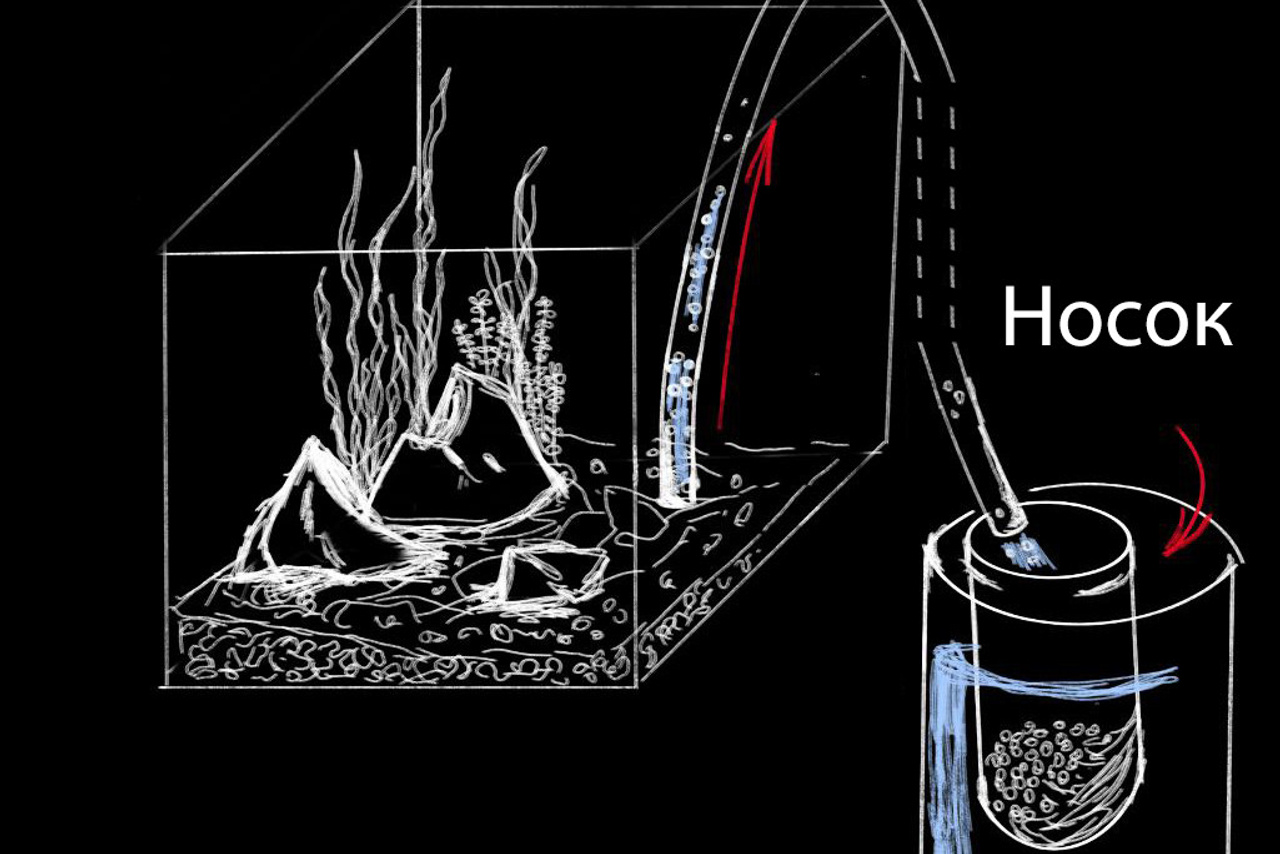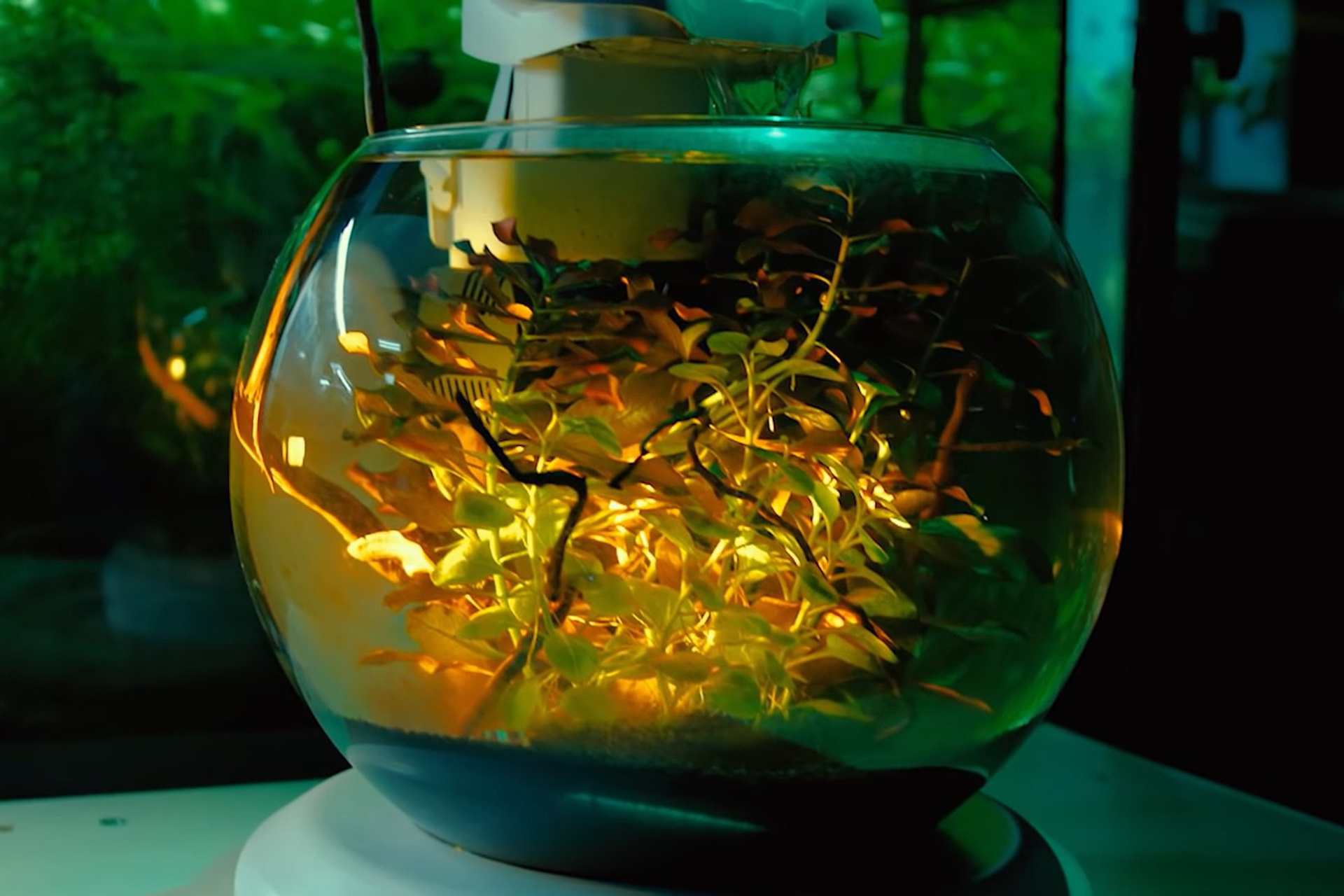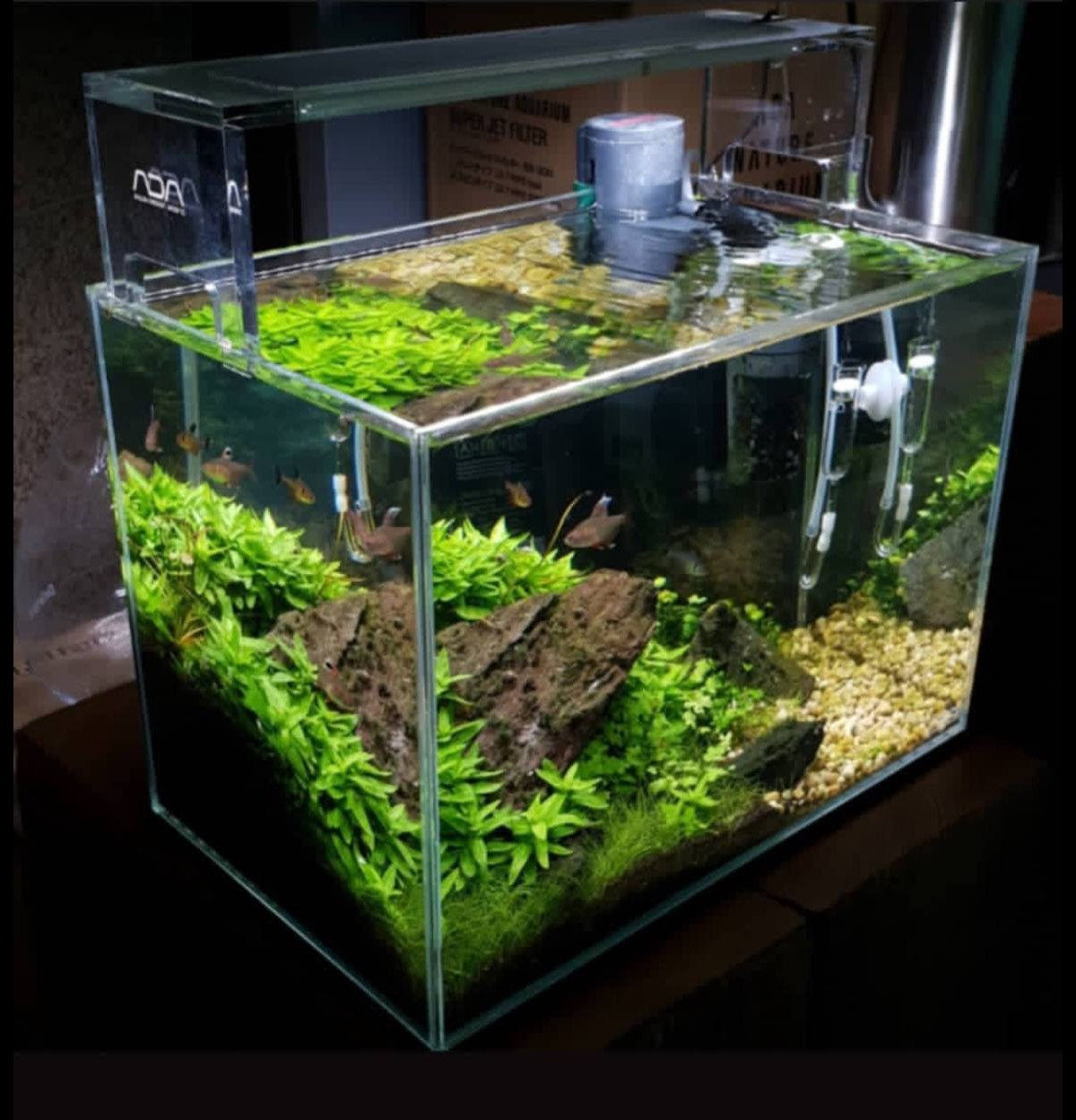
There are only 23l here, but…
Novice aquarists often believe that a small tank is a training ground and that everything in it is “simple”, and even more so “cheap”. This often leads to the idea of “if everything works out in this small tank, then I can do something bigger later”.
However, another important factor often gets overlooked: in a training tank, the lighting and soil are deliberately simpler, and there is no filter, just a small sponge and a pump. As a result, more expensive professional equipment is sometimes planned for later, when the aquarium has become more advanced. In reality, this often leads to disappointment and a complete abandonment of aquarium hobbies. I am a strong supporter of using high-quality equipment, even in small volumes. This is because the small size itself imposes additional challenges (each parameter can change very quickly due to the small amount of water).
Let’s take a look at an aquarium with 4 Tetra’s (or you can also add other small fish or a 1st cock, there are options) and some live plants.
1. The water is pure osmosis.
2. The lamp has a lumens of 1500 with the right spectrum (i.e., specially designed for aquariums — this will minimize algae growth…but, not for all) — it’s made by ADA, but there are other companies like Zetlight and Eheim (Aquael, Tetra, and Dennerle) that make high-quality lamps — special for aquarium too.
3. The ground — soil from ADA Amazonia. You don’t have to choose the Japanese brand, but plants need nutrients from the water or soil. And it is easiest toprovidethis nutrition to plantsby using soil.
4. Filtration — an external filter with a mechanical filter with constant flushing, because the soil does not like a dirty filter.
5. CO₂ — a cylinder with a diffuser for supply.
6. Fertilizers — despite the very fertile soil, potassium, iron, trace elements and a little nitrogen were added. From these 6 simple steps (actually simple, not in quotes), we see that even a small tank for a cock or other small fish requires high-quality equipment, care and attention so that it pleases the eye and does not overgrow with algae, bringing disappointment.
Of course, you could save money at each stage, but will you definitely have a so beautiful aquarium that doesn’t require any worry or reading of many books? I don’t think so.
Free articles
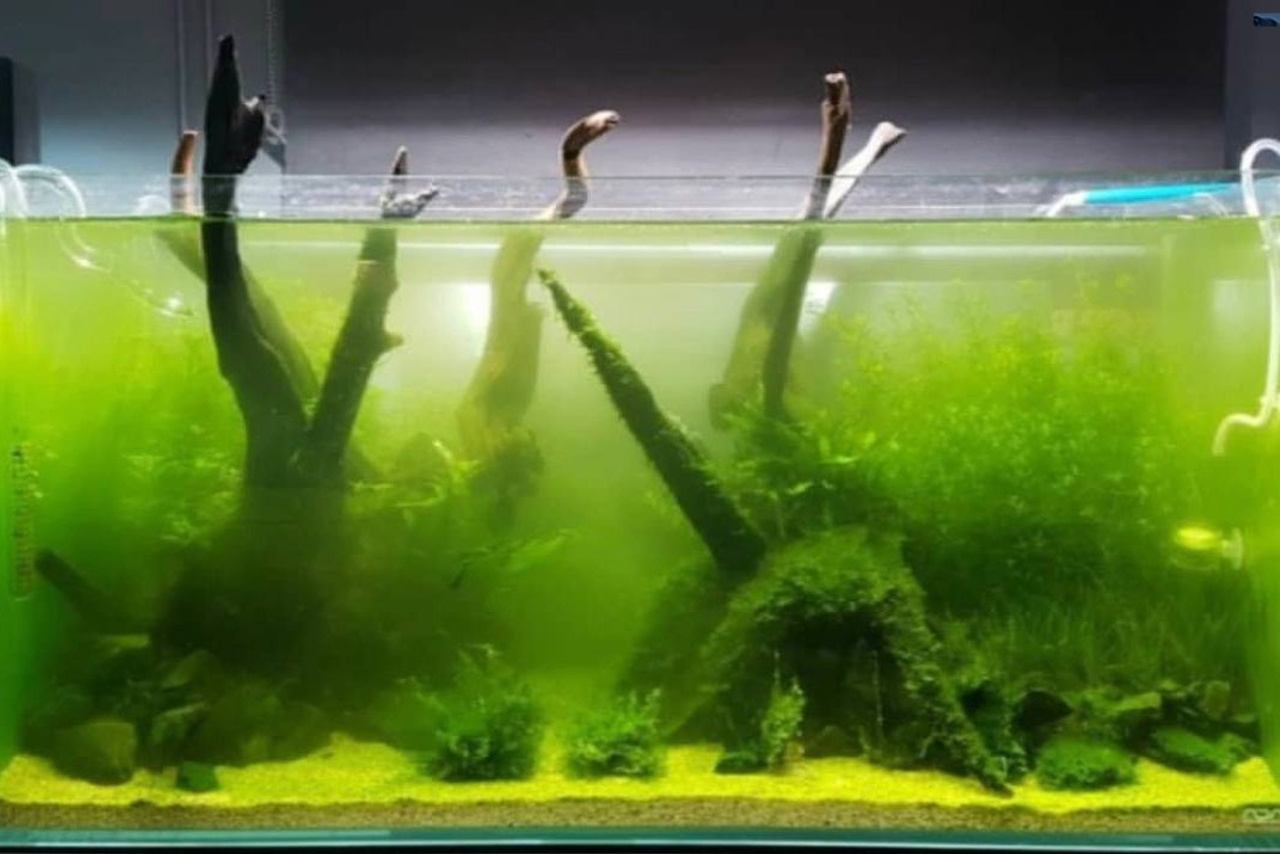
Зелёная вода в аквариуме.
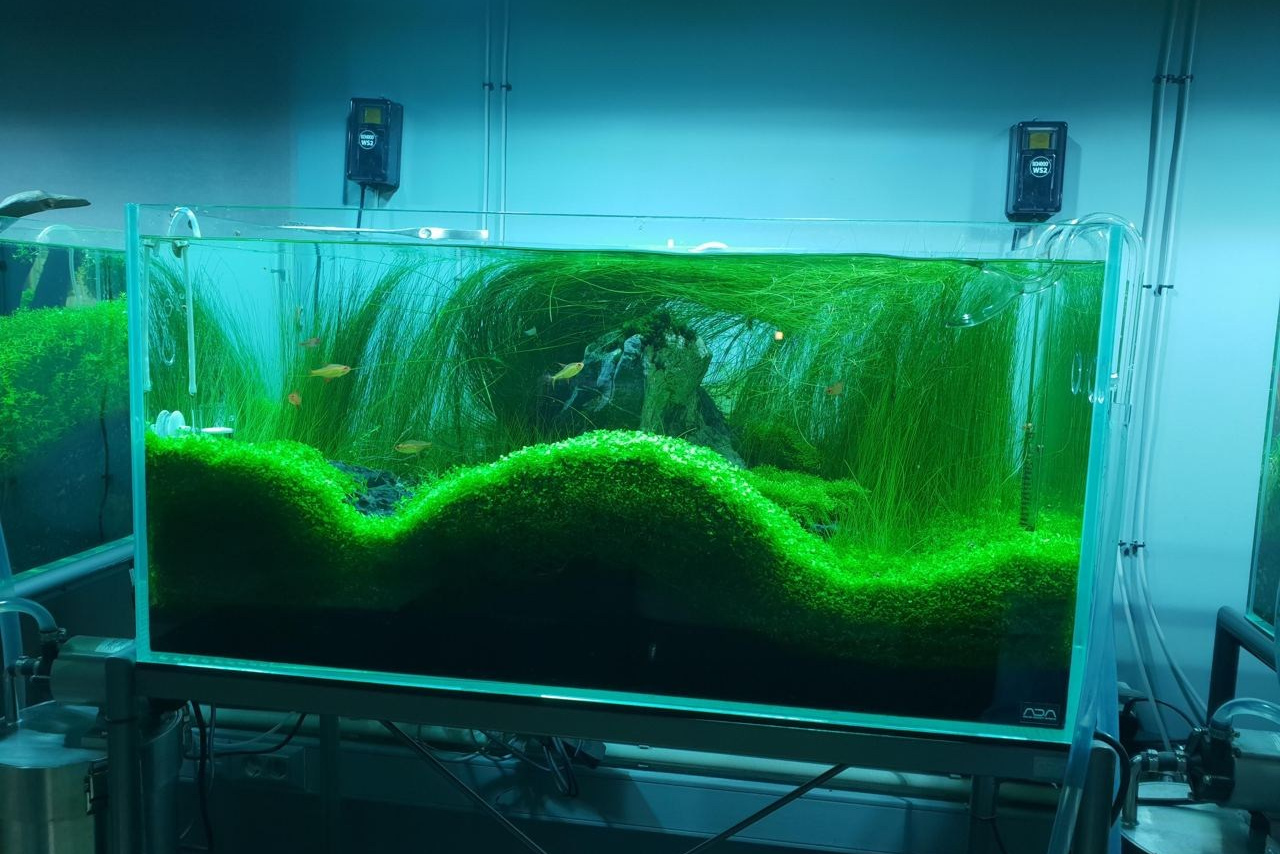
Можно ли в растительном аквариуме использовать чистый осмос?
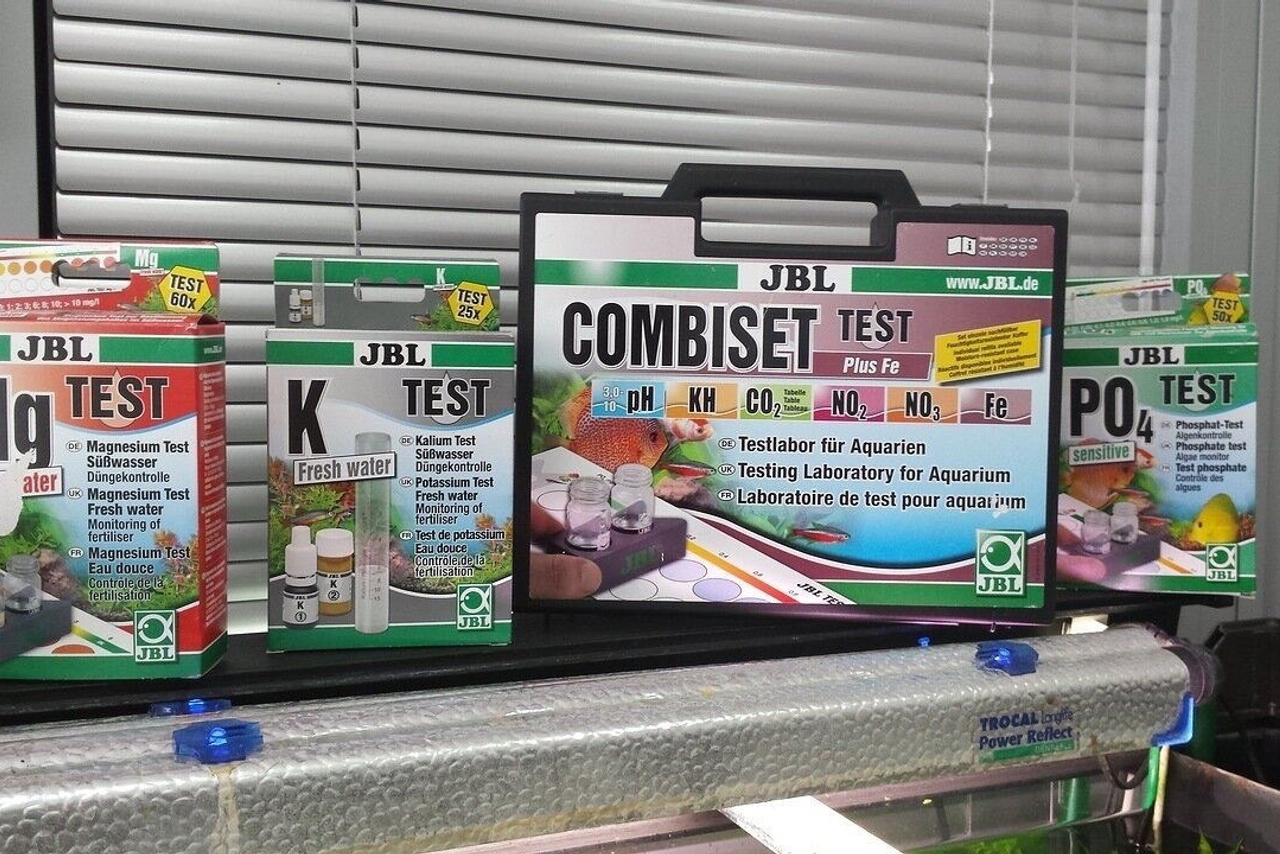
Когда можно не делать тестирование воды в растительном аквариуме?
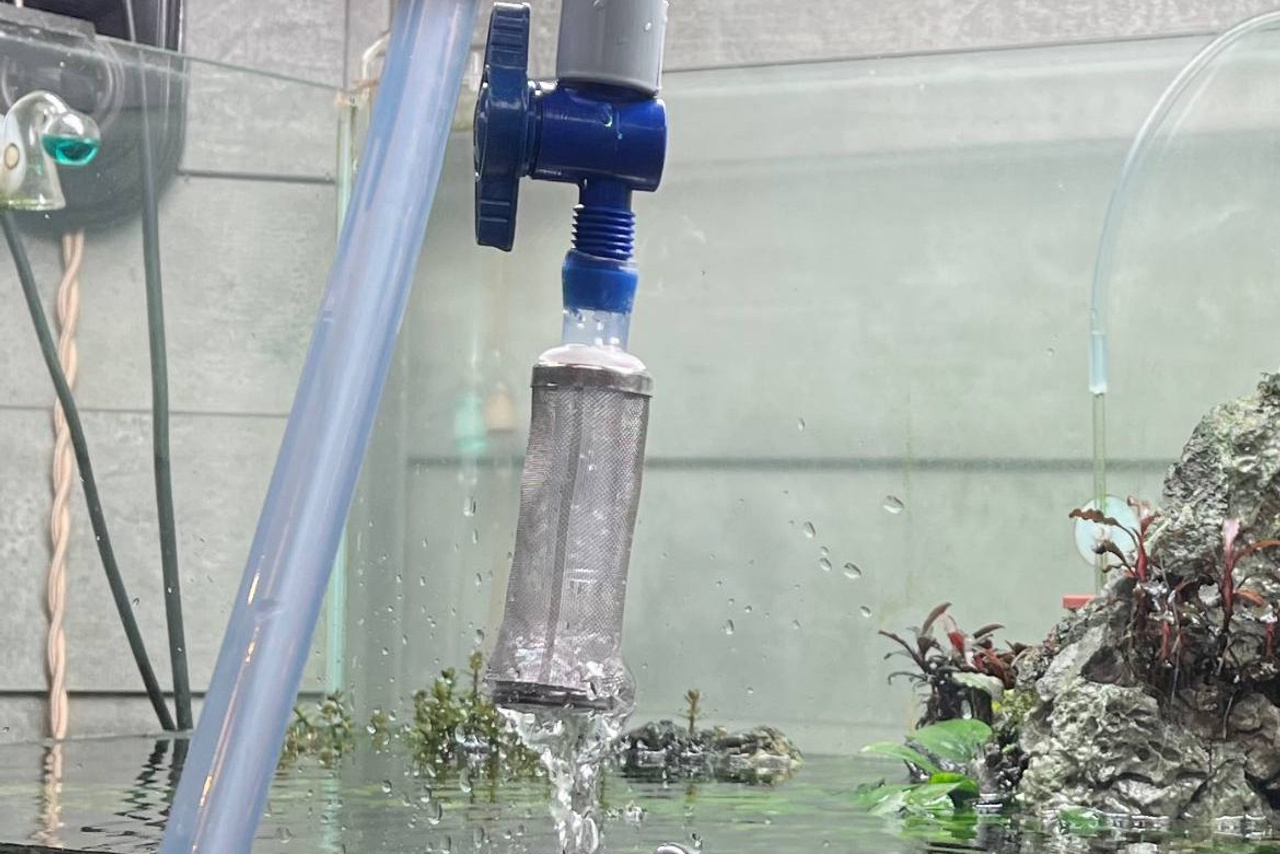
Сколько воды менять в растительном аквариуме?
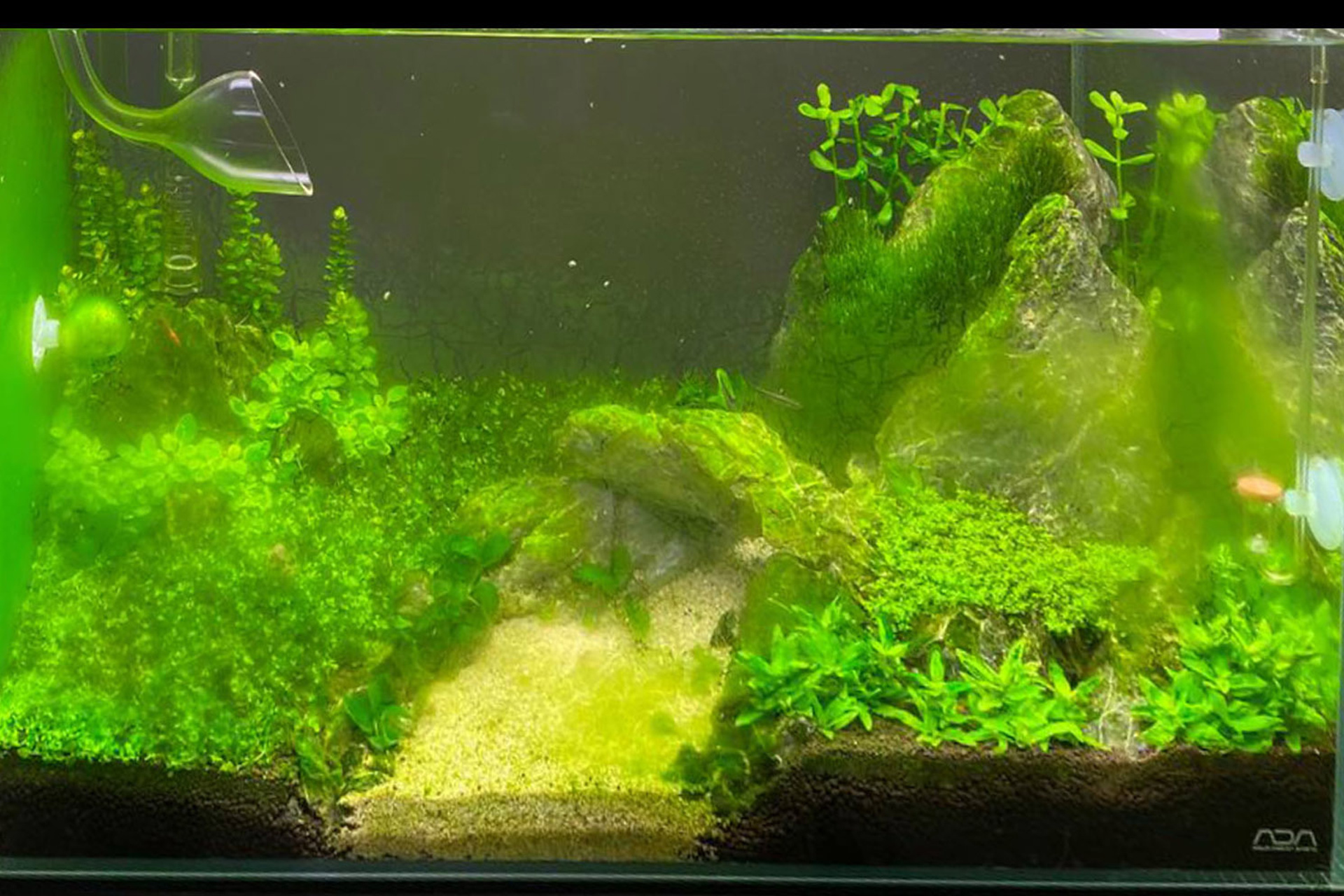
Зеленеет аквариум. Что делать?
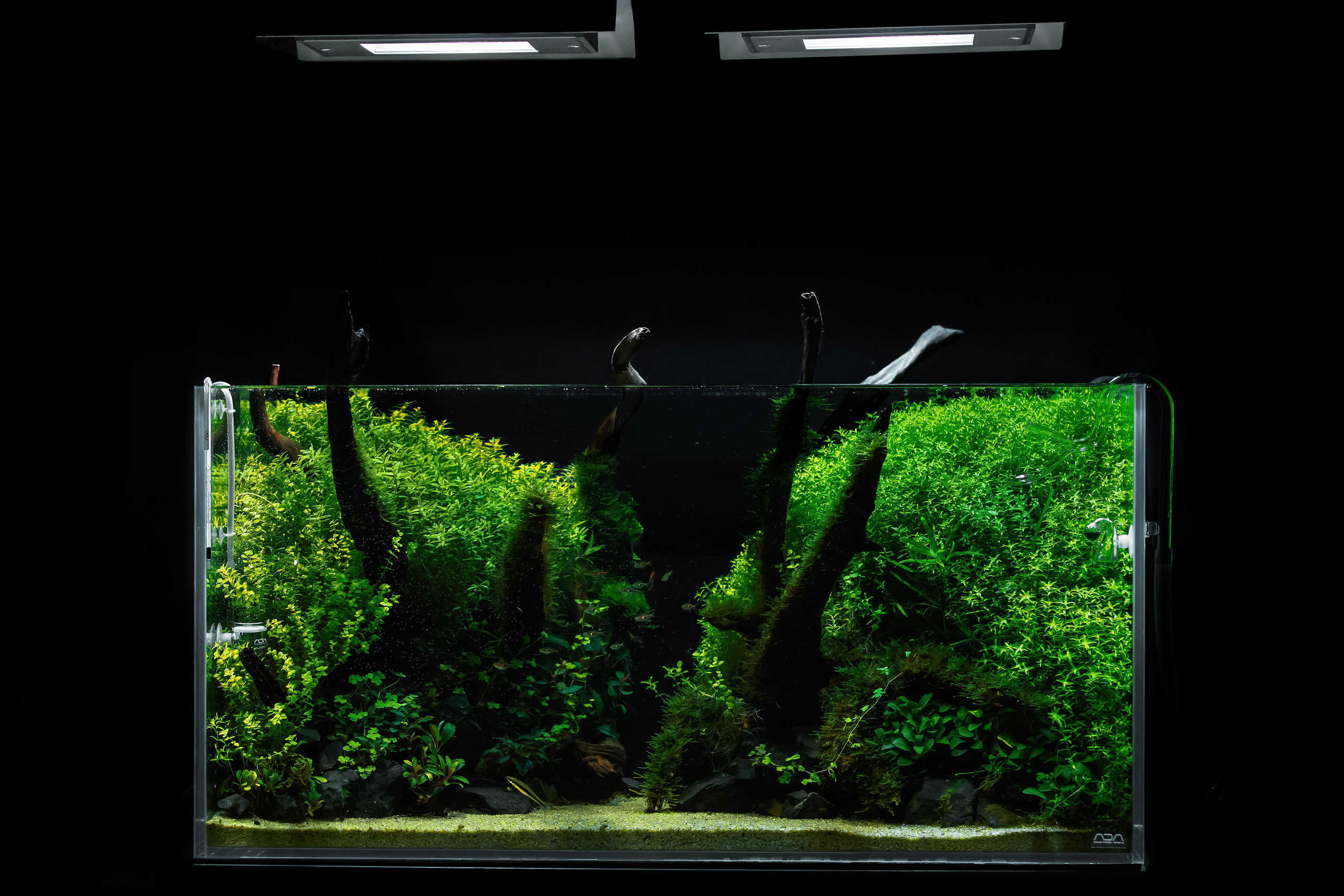
С чего начать выращивание аквариумных растений?

Интервью с Артёмом Ращенко (Water Sci)
